( – promoted by navajo)
In the Great Basin area of Utah, Nevada, and Colorado, the Fremont culture began to develop about 400 CE and lasted until about 1350 CE. During this period, desert foragers were replaced by more or less sedentary horticulturalists. Fremont originated on the northern frontier of the Anasazi culture, but developed independently of it. It seems to have grown out of Mogollon stimuli.
The Fremont were a farming people who supplemented their agricultural crops with some hunting and gathering. The Fremont raised at least three kinds of corn, including Fremont dent which was resistant to drought, cold, and climatic extremes. Fremont dent also matures in a short growing season. The Fremont dry-farmed corn. They took advantage of arroyo flooding and sheetwash during summer rains. They helped water their crops through the construction of small check-dams and there is some evidence that they may have irrigated their crops.
Unlike their other Southwestern neighbors, such as the Anasazi, the Femont did not build elaborate pueblos or cliff dwellings. They lived in small, unassuming houses which were often grouped into villages. They sometimes utilized caves and/or rockshelters. Plateau Fremont villages included storage structures and a few pit houses, sometimes lined with rock slabs. The pit houses were covered with poles and brush. In some areas they also constructed above ground houses and storerooms. For masonry structures, the Fremont used uncut stone, often laid up without mortar. They also used jacal-mud covered poles-and adobe blocks.
Freemont granaries were often built on the sides of sheer cliffs. The granaries were often round and made of wet-laid masonry and adobe brick. Above-ground adobe granaries were about 4 feet by 6 feet and 3-4 feet high. They were sometimes divided into chambers. Subterranean storage pits were also used.
Two of the most distinguishing characteristics of Fremont culture are their rock art and their pottery. The principal archaeological trait of the Fremont culture is a thin-walled, plain gray pottery. Variations of this pottery have been found at Fremont sites throughout most of Utah, the eastern part of Nevada, and the western edge of Colorado. The Fremont people also produced clay figurines.
The second characteristic of Fremont culture is their rock art, both pictographs (rock paintings) and petroglyphs (rock carvings). Both their rock art and their clay figurines can be grouped into a number of motifs which center on various animals (bighorn sheep are the most common) and plants. One of their characteristic trademarks is human figures with trapezoidal or triangular bodies. These figures frequently have elaborate headdresses and necklaces. They occasionally have shields.
The Parowan branch of Fremont began about 450 CE in southwestern Utah. It is distinguished from other Fremont cultures in that the villages were relatively large (10-20 structures) and were made up of closely spaced pit houses with adobe storage structures. The pit houses were semi-subterranean structures, about 2 feet deep, with a brush superstructure which was covered with plaster. They often had a ventilator shaft to the outside to provide air for the hearth.
About 650 CE, the Uinta branch of the Fremont was established in Utah and Colorado. Sites were located at high elevations, often on ridges or isolated hills above floodplains. The Uinta are unique among the Fremont for not making anthropomorphic figures. At this same time, Fremont people were living in what is now the Dinosaur National Monument. These Fremont people were doing some farming while continuing to rely heavily on hunting and the gathering of wild plants.
About 800 CE, the Uinta branch began to undergo some significant changes. These changes include larger villages with substantial structures of adobe or stone masonry built into shallow circular pits. Villages with up to 20 structures were constructed near large valleys with abundant farmland.
The San Raphael branch of the Fremont culture was established in Utah and Colorado about 700 CE. The villages had both pit houses and above-ground masonry rooms which often contained multiple rooms. The pit houses were often slab-lined. There were often dome-shaped adobe granaries.
One of the outstanding features of the San Raphael branch was the emphasis on anthropomorphic figures in both the rock art and clay figurines. The figures had detailed facial features, necklaces and jewelry, elaborate hairstyles, and skirts. The anatomical detail was sufficient to distinguish between male and female figures.
About 780 CE, the Fremont people moved into the Sevier River area of Utah and Nevada. They lived in small hamlets which were usually situated on an alluvial fan at a canyon mouth near a permanent water supply. In addition to these small farming villages, the Fremont in this area also used temporary camps. These temporary camps-termed resource extraction sites by archaeologists-were used for hunting and gathering wild plants. They show that the Fremont people in this area at this time still relied heavily upon hunting and gathering to supplement their agricultural output.
In Utah, the Fremont people in the Range Creek area began making figurines from unfired gray clay about 1000 CE. These clay figurines were broad-shouldered dolls about six inches tall and shaped like a trapezoid with a head on top. The dolls suggest that the women wore aprons and styled their hair in bobs, while the men wore loincloths. The dolls also suggest that both men and women may have worn face paint.
The Fremont people in the Range Creek area at this time were storing their corn in granaries which were built into the sides of cliffs more than 100 feet above ground. The red clay used for making the granaries served as camouflage to hide the granaries.
In the Range Creek area, Fremont pit houses were also built high in the canyon walls. In building these houses, a pit was dug about two feet deep. Then four posts of either cedar or juniper were used to form a square frame in the center of the pit. Horizontal logs were then fastened to the top of this frame and numerous logs leaned against these crosspieces. Branches and brush were then added to the walls and roof and finally the roof was covered with a thick layer of dirt. The typical Fremont house in the Range Creek area was roughly conical or like a pyramid with a flat top. The typical house stood about 12 feet across and 6 feet high. People entered the house by ladder through a hole in the roof. The roof hole also let the smoke out.
About 1200 CE, the Fremont established a densely populated pit house village at Five Finger Ridge in Utah. The pit house shapes ranged from round to nearly square. They also created hundreds of rock art panels in the area
In Utah, the Fremont people began using Mantle Cave, a huge, vaulted, north-facing alcove, about 1250 CE. Within the cave the Fremont built about four dozen storage chambers, including masonry granaries, large slab-lined pits, and bell-shaped cache pits with stone lids. They left behind a ceremonial headdress made of 370 flicker feathers.
About 1250 CE, Fremont culture began to disappear in the Range Creek area. At this time there was some sort of global climate shift, sometimes called the Little Ice Age. This climate change most likely manifested itself at Range Creek as a drought that made farming more difficult and increased competition for resources. While people continued to live in the area, hunting and gathering became more important than farming. The archaeological record-ceramics, projectile points, and basketry styles-began to appear which resemble those of the Numic-speaking Ute, Paiute, and Shoshone people who have migrated into the area from the west. By 1350 the Fremont had totally disappeared from the Range Creek area.
In Colorado, the Fremont began to be replaced by the Ute about 1300 CE. The Ute moved into Colorado from the Great Basin area and they displaced and/or absorbed the marginal agriculturalists.
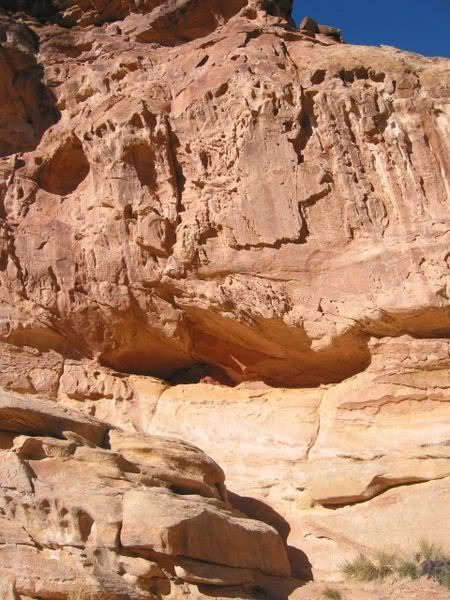
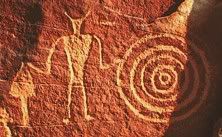
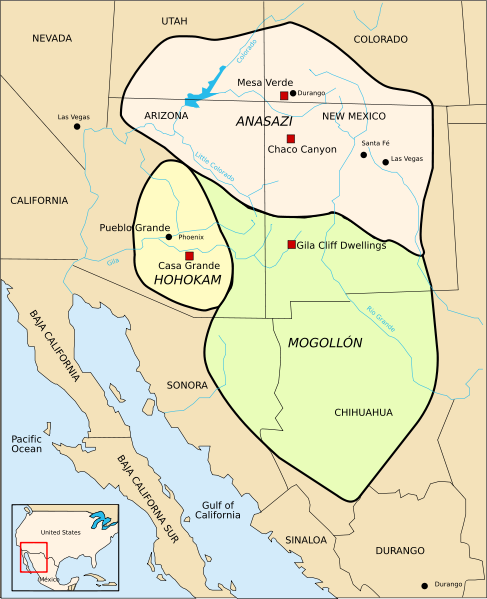
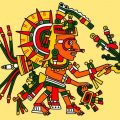
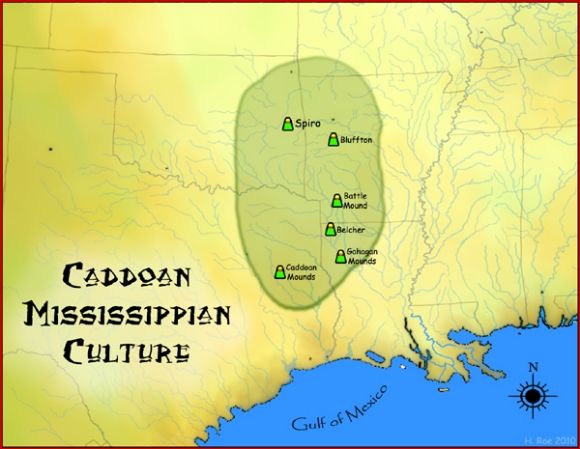

1 Comment